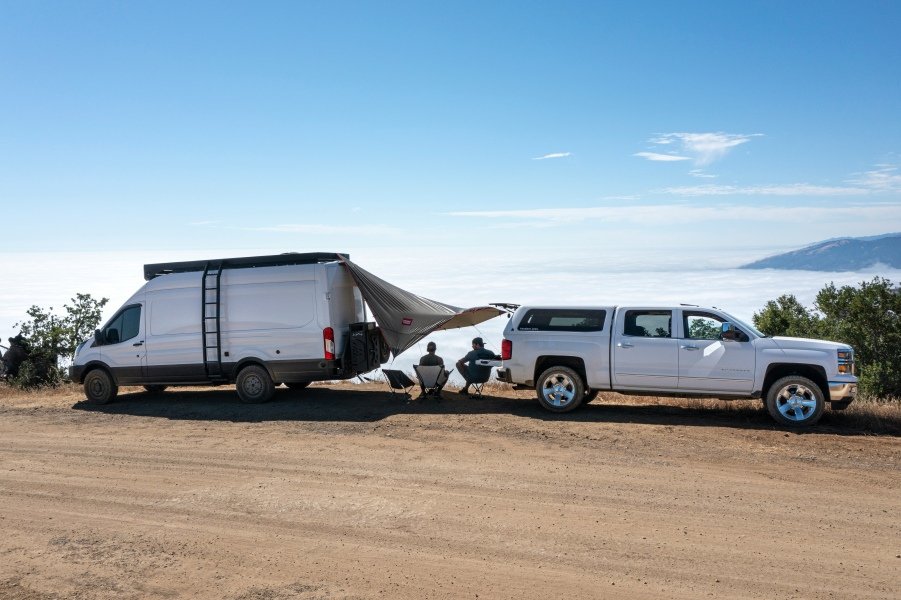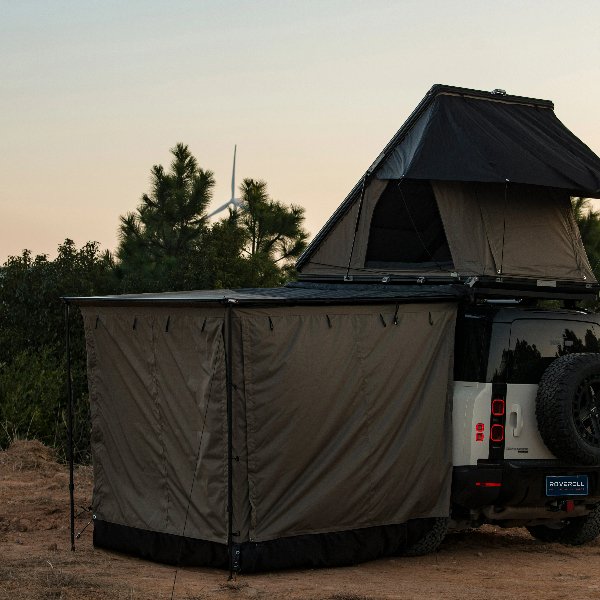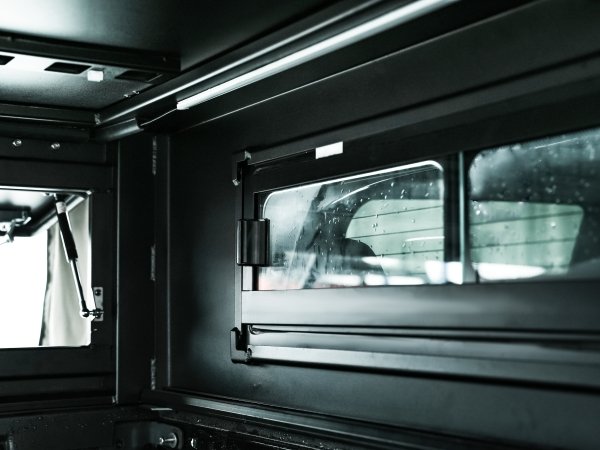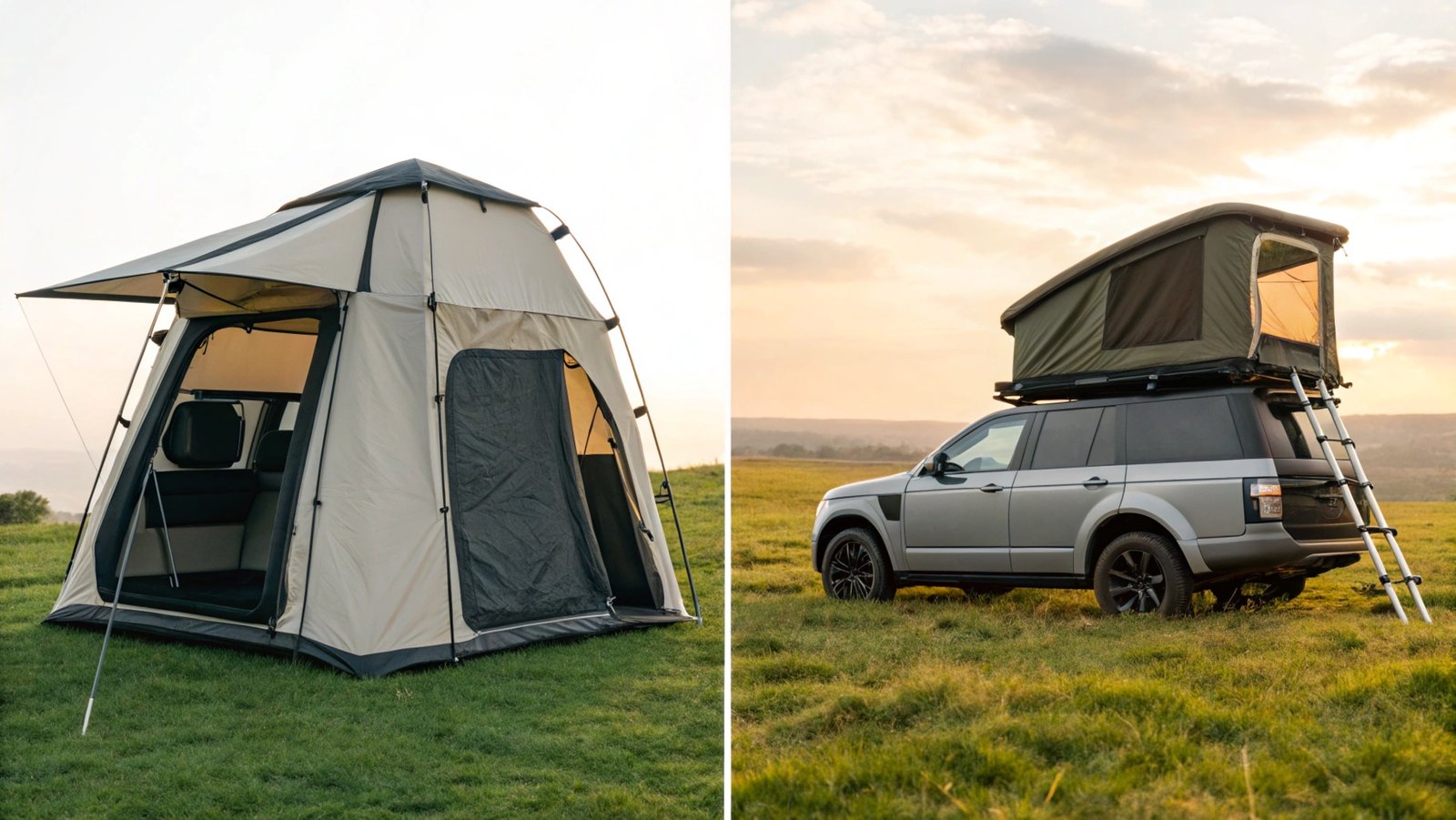Imagine waking up on a mountain ridge with panoramic views, your tent securely anchored to your vehicle while bears sniff below. Rooftop tents remove the hassles of traditional camping but come with a surprising price tag—let’s unpack why.
Rooftop tents cost more due to specialized materials, aerodynamic engineering, and labor-intensive manufacturing. Their elevated design uses weather-resistant fabrics, aluminum frames, and custom-fit components unlike ground tents. However, their durability and convenience often justify the investment for frequent adventurers.
While the upfront cost seems steep, rooftop tents save time, reduce campsite limitations, and outlast cheaper alternatives. Here’s how their unique benefits translate to long-term value.
What Is the Point of a Roof Top Tent?
You’ve spent hours scraping rocks from a tent site only to wake up in a mud puddle. Rooftop tents eliminate this struggle by turning any parked vehicle into an instant campsite.
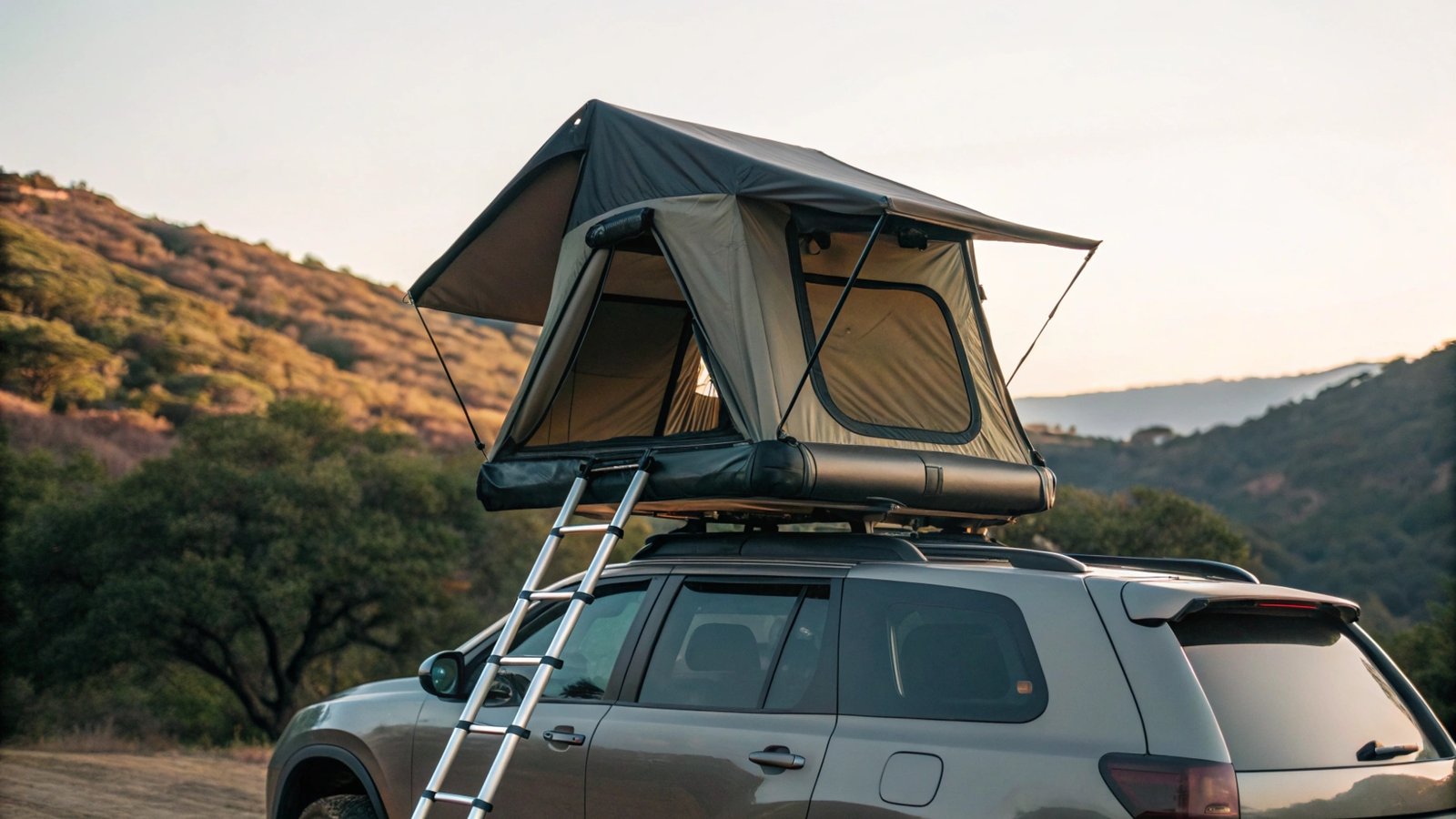
Key Advantages Over Traditional Camping
| Feature | Rooftop Tent | Ground Tent |
|---|---|---|
| Setup Time | 2-5 minutes | 15-30 minutes |
| Weather Protection | Reinforced against wind/rain | Limited in heavy storms |
| Terrain Flexibility | Works on slopes/rocks | Requires flat ground |
| Wildlife Safety | Elevated barrier | Direct ground contact |
| Material Durability | 600D polyester + UV coating | 150D nylon (common) |
The integrated mattress and weatherproof shell make rooftop tents ideal for unpredictable environments. Their hard-shell variants also store bedding permanently, reducing packing time.
How Long Do Rooftop Tents Usually Last?
A cheap ground tent lasts 3-5 seasons; a $3000 rooftop counterpart survives 10+ years. Quality materials and reduced ground contact explain this gap.
Most rooftop tents endure 8-15 years with proper care, thanks to tear-resistant fabrics, rustproof hardware, and UV-protected coatings. Ground tents degrade faster due to moisture absorption and physical wear.
Factors Impacting Longevity
| Factor | Effect on Lifespan | Solution |
|---|---|---|
| UV Exposure | Fades/weakens fabric | UV-resistant coatings |
| Moisture | Mildew/mold growth | Ventilated storage |
| Weight Load | Frame stress | Follow capacity guidelines |
| Cleaning Frequency | Prevents debris damage | Brush off dirt after trips |
High-end models use laminated fabrics and aluminum alloys to resist corrosion. For example, Roveroll’s tents incorporate military-grade zippers and double-stitched seams for extreme conditions .
Conclusion
Rooftop tents cost more upfront but save money through durability, safety, and time efficiency—making them worthwhile for serious adventurers.

